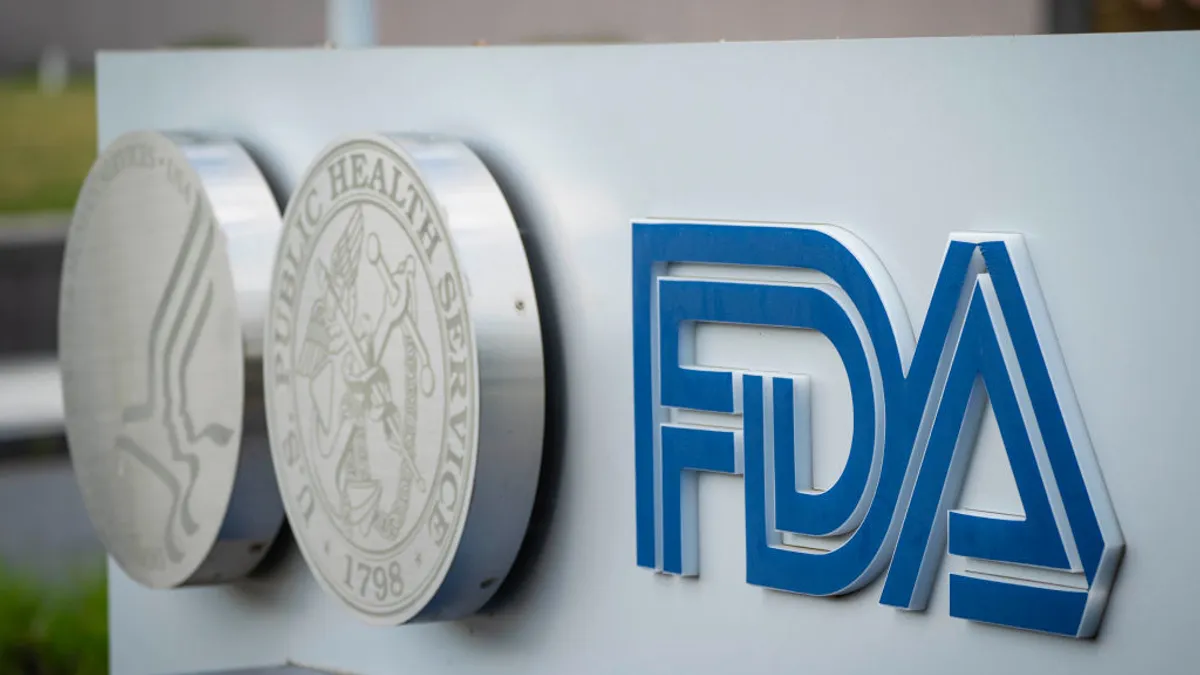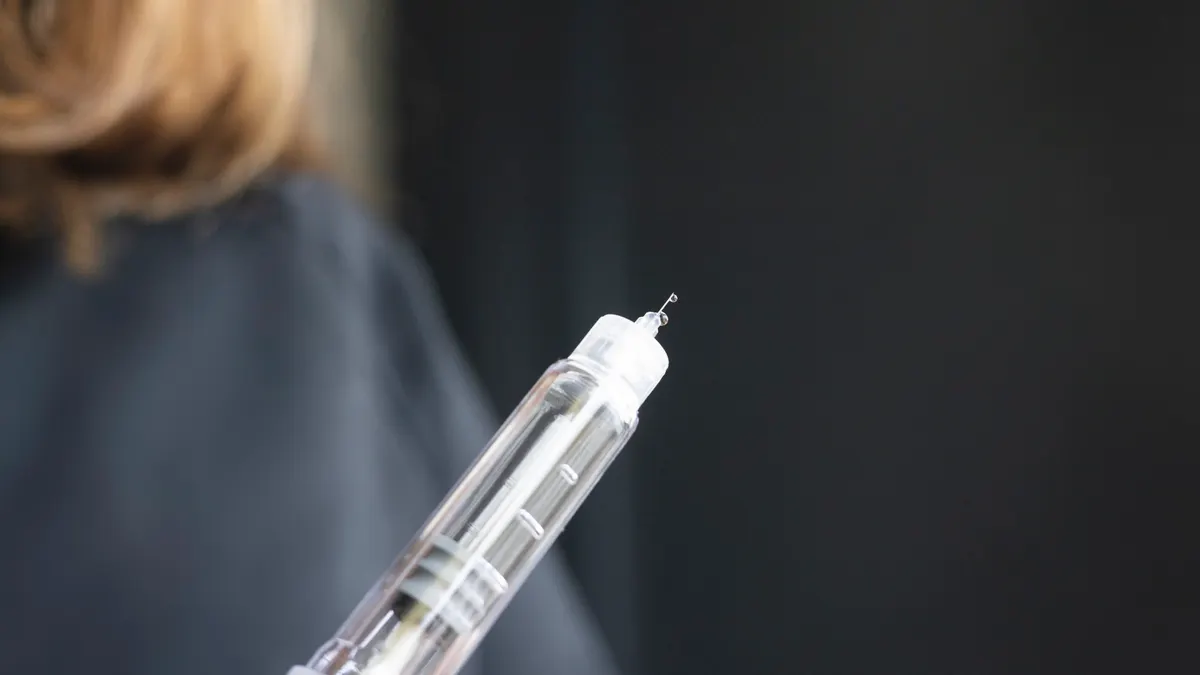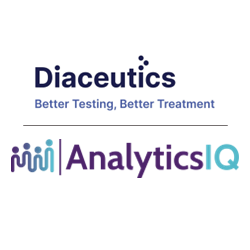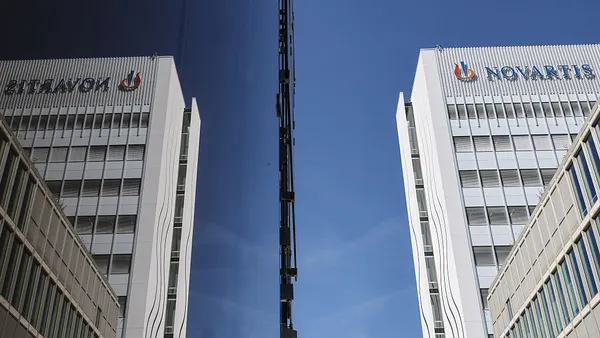Drug prices — particularly those set at launch by pharma companies — are spiraling upward, according to industry watchdog the Institute for Clinical and Economic Review. With a new report expected in October, ICER aims to explore the depth of these pricing increases, as well as how they relate to efficacy and access.
The organization points to an analysis from April, which found that cancer drugs with higher launch prices between 2008 and 2022 weren’t necessarily more effective despite doubling from a net of $100,000 to $200,000 in that time. When it comes to patient access in the U.S., payer coverage adds another dynamic that further complicates the true cost of drugs, ICER said.
In the upcoming report, ICER will take a look at drugs approved by the FDA between 2022 and 2024 to analyze trends in both list and net prices, how they line up with advances in efficacy and what patients are paying at the pharmacy counter.
The analysis is a massive undertaking. Within the scope of the report will be 160 new drug approvals over the course of three years with exclusions for products that have inapplicable pricing dynamics, like generics, biosimilars or vaccines.
The report will examine the GLP-1 diabetes and weight loss drug Mounjaro from Eli Lilly; gene therapies like Sarepta Therapeutics’ Duchenne muscular dystrophy treatment Elevidys and CRISPR-based Casgevy from Vertex Pharmaceuticals and CRISPR Therapeutics; cell therapies like Carvykti from Johnson & Johnson and Legend Biotech; and Gilead’s HIV PrEP medication Sunlenca.
The purpose of the upcoming report, as well as subsequent annual issues, is to contribute to an “ongoing policy discussion” and potentially offer solutions that make drugs more affordable and accessible, according to the research protocol ahead of the October report.
“Improving drug affordability and patient access remains one of the few areas of bipartisan consensus in the U.S.,” ICER wrote. “However, policymakers, researchers and other stakeholders have not always agreed on how to tackle these issues.”
Keeping tabs
The new report will be the latest in ICER’s efforts to provide transparency in the highly complex and opaque realm of drug pricing. Since its founding in 2005, the nonprofit has applied a “value assessment framework” to set benchmarks for the cost of drugs as well as any price hikes along the way.
“We continue to see list price increases that are far above the rate of inflation for many of the costliest drugs,” said ICER senior vice president of research Foluso Agboola of a report on unsupported price increases in 2023. The report found that half of the drugs researchers assessed “lacked such evidence to support their higher price tag,” she said.
In the protocol for October’s upcoming report, ICER noted that drugmakers tend to cite the cost of innovation as a reason for higher prices — but without clinical data showing the degree of that innovation, there could be discrepancies.
ICER has also questioned the effect that regulations like Medicare price negotiations will have on initial list prices for drugs, which could be driven up to offset later penalties.
“The impact of government regulations … on launch prices remains unclear,” ICER wrote. “Some predict that Medicare drug price negotiation could lead to further increases in launch prices as the industry responds to potential price reductions in the future.”
The report will include the list price and dosage according to the FDA label for each drug individually, as well as a median for each year to track the wider trends. ICER acknowledged that comparing different types of drugs can be complicated, but a history of benchmarking models for chronic treatments to one-time gene therapies has given the organization a background in making those comparisons based on the length and quality of life a treatment provides.
Access beyond list price
With list price being just a starting point on a drug’s market journey, ICER is also taking into account other factors that contribute to patients being unable to afford prescriptions. Real-world access to drugs is where the picture becomes more difficult to see.
To account for the wide variety of data on drug access, ICER will start with coverage restrictions found in the Tufts Medical Center Specialty Drug Evidence and Coverage Database that covers as many as 18 commercial health plans. This will help determine which health plans provide coverage and which have restrictions that would limit access.
ICER will also explore cost-sharing measures through healthcare data and analytics provider IQVIA to understand the number of prescriptions that are written, filled and rejected based on prior authorization and other reasons. This would help boil down the patient experience in accessing these drugs and what patients are required to pay out-of-pocket.





















